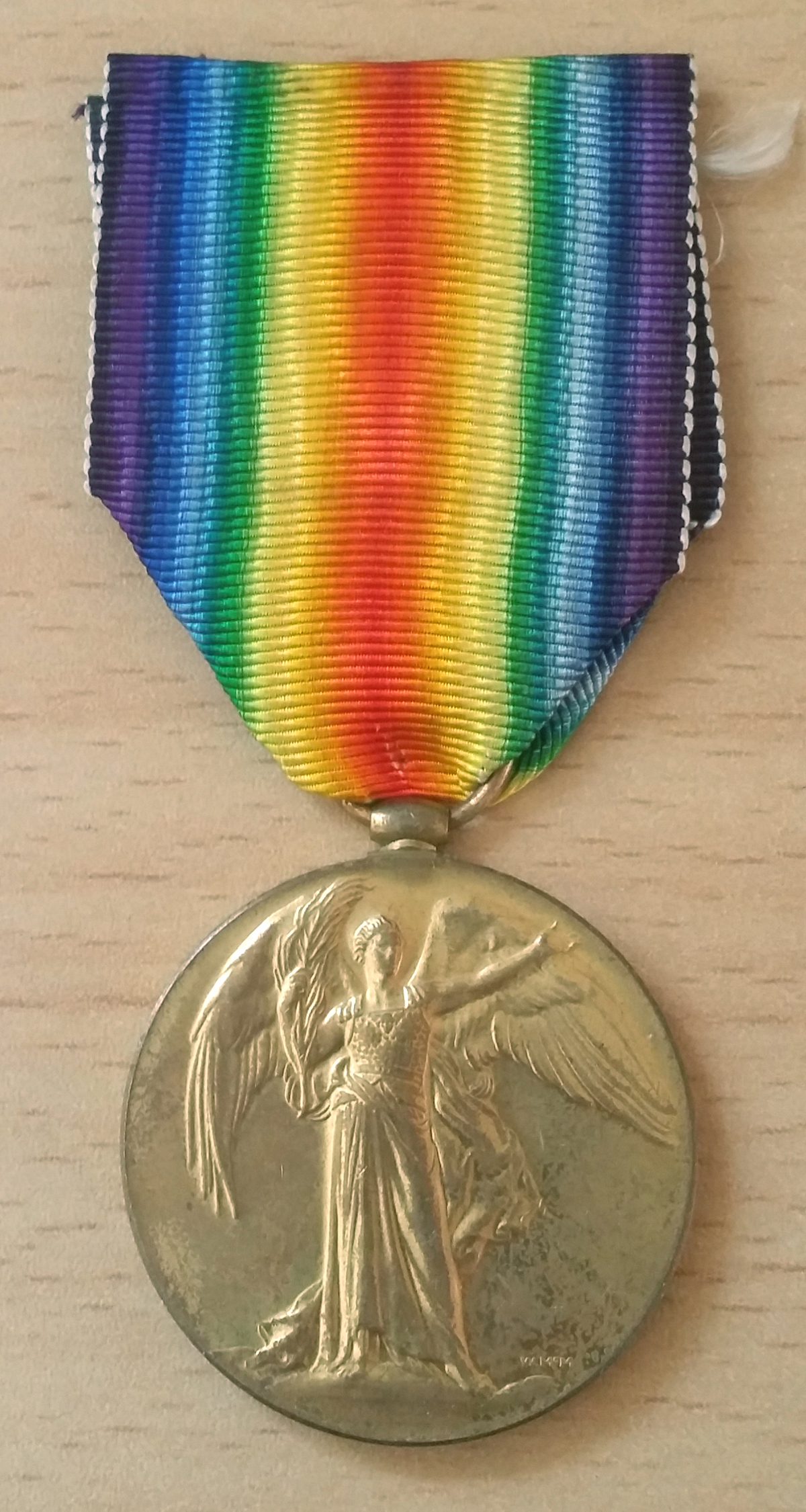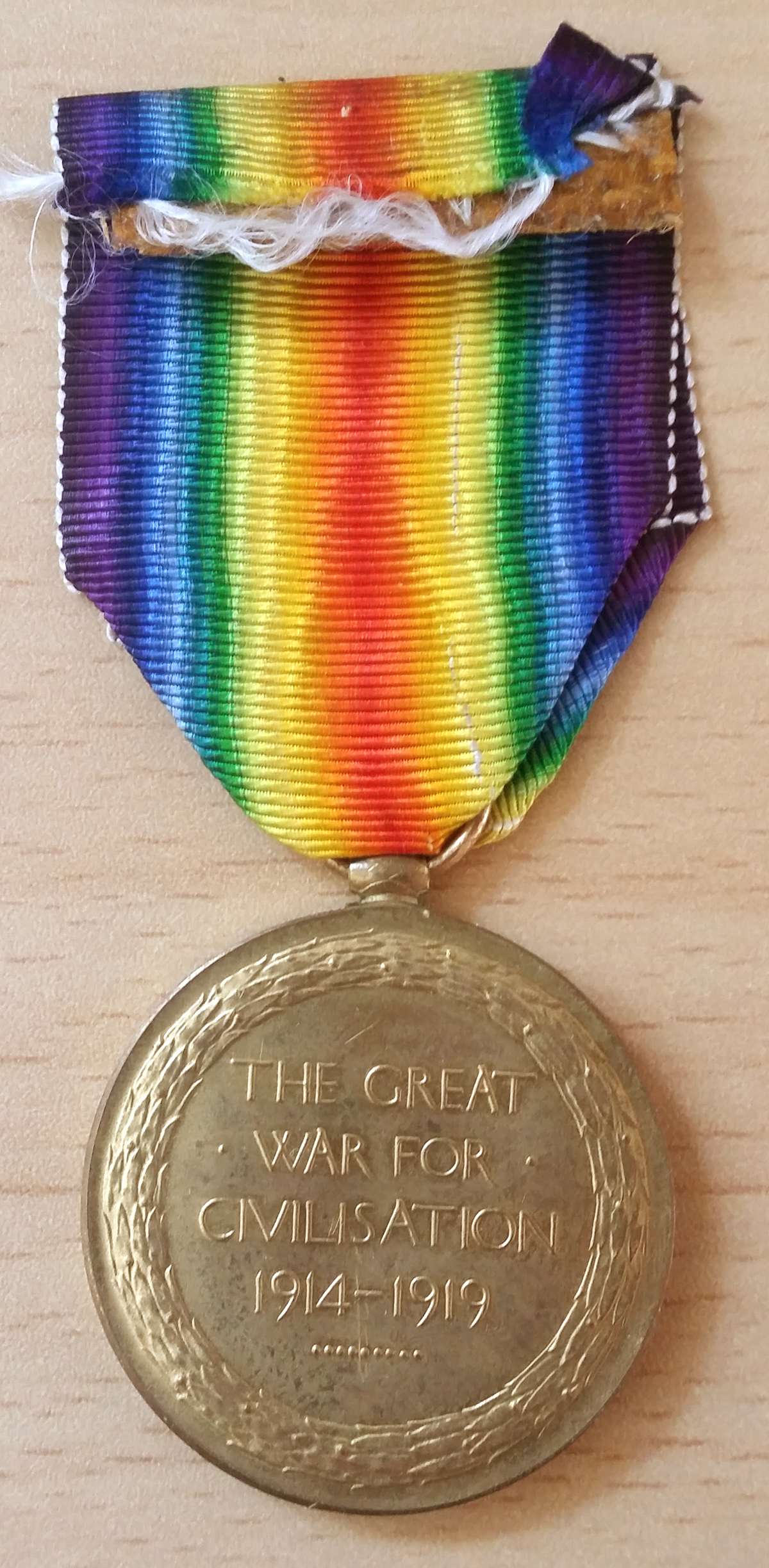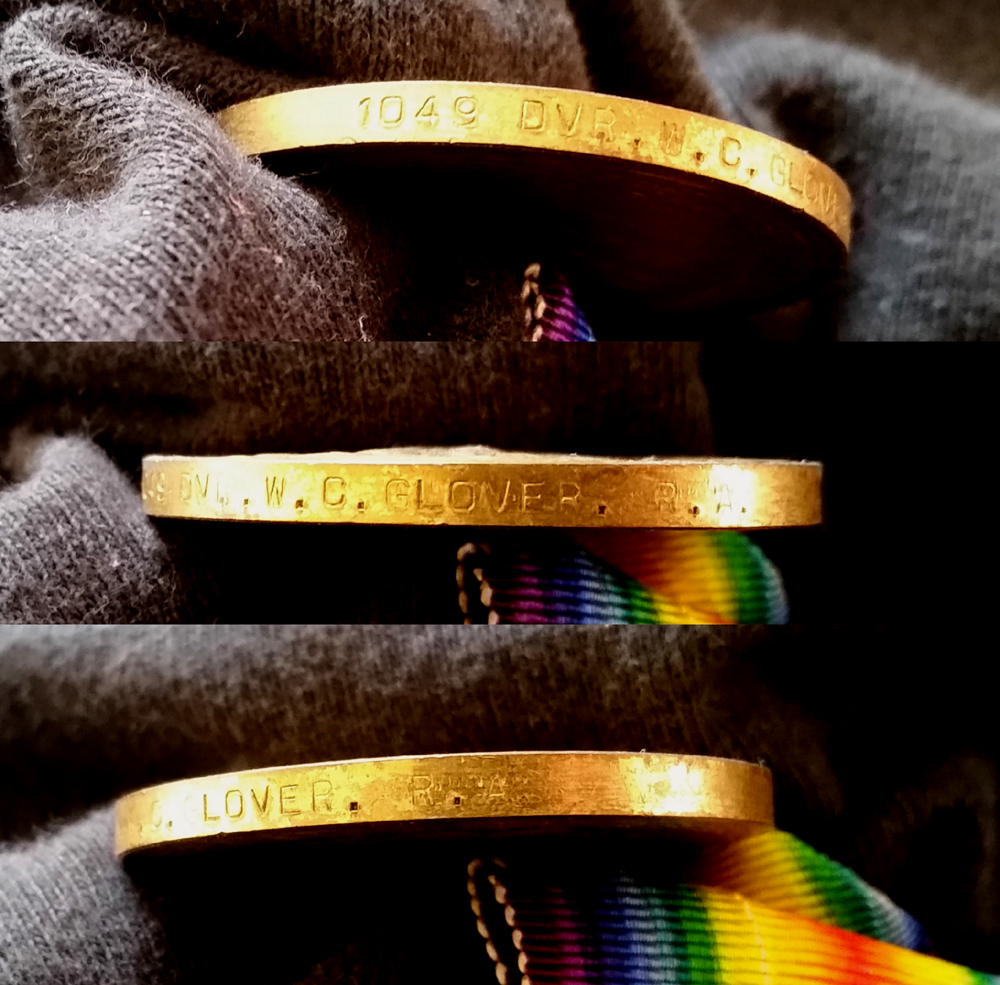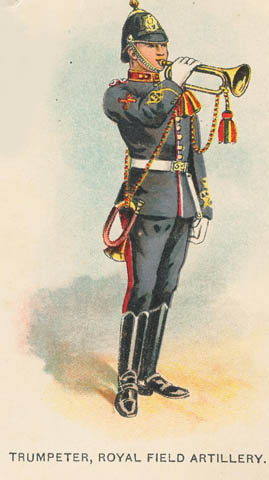William Cecil Glover
(Click any thumbnail image to view full size)
Family
William was born on the 14th July 1898 in Chelsea, London. He appears on the 1901 Census, as living in the parish of St. Pauls in Deptford, South East London. His father, also called William was working as a Draper Manager (working in the sewing and fabrics industry). The other members of the houshold at that time were his mother Annie, his sister Gladys and a 15 year old domestic servant, called Annie Mordy. With two Williams and two Annies, life at home must have got confusing at times!
Looking to the 1911 Census shows that the four Glover's are still living as a family unit, but now at 74 Millbrook Road, Brixton, London, with no mention of a servant or other lodger. William Snr, is now listed as a a Draper Assistant, with 14 year old Gladys, having left education, is working as a cashier at a general store. William Cecil Glover, now 12, is still at school. Millbrook road no longer has even numbers, at some point that side of the road has become open parkland. The image (linked below) shows the odd numbers on the right. William's house would have been halfway down on the left.
William Cecil Glover - Birth
William Cecil Glover - 1901 Census 1of 2
William Cecil Glover - 1901 Census 2 of 2
William Cecil Glover - 1911 Census
Millbrook Road, Brixton - as it looks today
William Cecil GLOVER (Boy/Trumpeter/Driver)
1049 (Later 955268), Royal Field Artillery
Single Victory Medal
William attested on the 11th April 1913, aged 15 years and 8 months. He went into Boys Service with the 6th London Brigade, Royal Field Artillery. The form mentions his previos service with the "Church Lads Brigade". He declared his address at the time of signing up as still living at 74 Millbrook Road.
Shortly after war was declared (in August 1914) on the 8th September 1914, as part of the mobilisiation of territorial units, he signed a waiver enabling the Army to send him "anywhere outside the United Kingdom". On the 17th March 1914 he arrived with the rest of his Brigade, with the 47th (2nd London) Division. They moved to concentrate near Bethune. Whilst his documents show conflicting information in varies places, he appears to have progressed up and gained the rank of "Trumpeter" around this time.
On the 8th April 1915 he ws fined 21 days pay for a number of infractions over a period of three days including; being absent from his billet after 8pm, being absent from parade before the parade was dismissed and neglect of duties.
On the 9th May 1915 William's brigade saw it's first action at The Battle of Aubers Ridge, in support of The Second Battle of Artois, in an attempt to exploit the German Army's diversion of men to the Eastern Front. They were also involved in The Battle of Festubert (15-25th May) in support of the same action. William's discipline came under scrutiny again in July for leaving two horses unattended without permission while on "watering parade", losing him a further 7 days pay. William turned 18 years of age in August. Between the 25th September and 8th October 1915, the brigade saw more action at the Battle of Loos, and subsequent attacks on the Hohenzollern Redoubt. William then appears to have been admitted to a Field Ambulance unit for a short period in November.
In 1916 the Brigade fought during The German attack at Vimy Ridge, on The Somme in The Battle of Flers-Courcelette (capturing High Wood - where there now stands a memorial to the division - below), The Battle of the Transloy Ridges andt the attacks on the Butte de Warlencourt. In 1917 they were in action in The Battle of Messines, the Third Battles of Ypres and The Cambrai Operations where they captured Bourlon Wood and fought against the German counter attacks. William reported sick for a few days in December 1917.
In March 1918 William would have been present, and participated in The Battle of St Quentin and The First Battle of Bapaume. In July and August 1918 William spent almost 100 days in hospital suffering with "pneumonia", although this may well have actually been symptoms of flu, as during 1918 the Spanish Flu pandemic claimed many lives of men from all sides in the battle zones. He was allowed to return home for recovery in Hospital.
The forward units of the rest of William's Division fought in a few more battles against fierce German counter attacks, and reached Franses-lez-Buissenal / Moustier, north of Leuze, on 10 November 1918. The next day the Division marched back to Tournai and on 26 November moved on to the Bethune area. As they were not selected to join the "Army of Occupation", the demobilisation of the Division began and his comrades began to return to England 1-10 January 1919.
After a colourful and action-packed military career spanning the Great war almost in it's entirity in western Europe, William Cecil Glover was finally demobilised in Charlton, South London, on the 8th March 1919 and allowed to return to civilian life as best he could. His medal is impressed with his original service number, but with the rank of "Driver" which his documents don't show he ever held. Also, whilst he was awarded the 1914-15 Star and British War Medal in addtion to the Victory Medal held in the collection, the other two awards have become seperated at some point. I am, however, looking to acquire the missing medals, should it, by any chance ever resurface.
His life after the war is a mystery, but he remained a Londoner, and died there in 1973. His death is recorded in the Borough of Hammersmith.
William Cecil Glover - Medal Index Card
William Cecil Glover - Death Record
William Cecil Glover - Sevice Documents - Page - 1 , 2 , 3 , 4 , 5 , 6 , 7 , 8 , 9 , 10 , 11 , 12 , 13 , 14 , 15 , 16 , 17 , 18 , 19 , 20 , 21 , 22 , 23 , 24 , 25 , 26 , 27
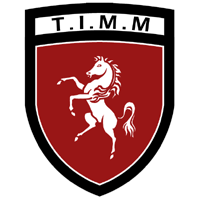 The Invicta Medal Museum (Online)
The Invicta Medal Museum (Online) 